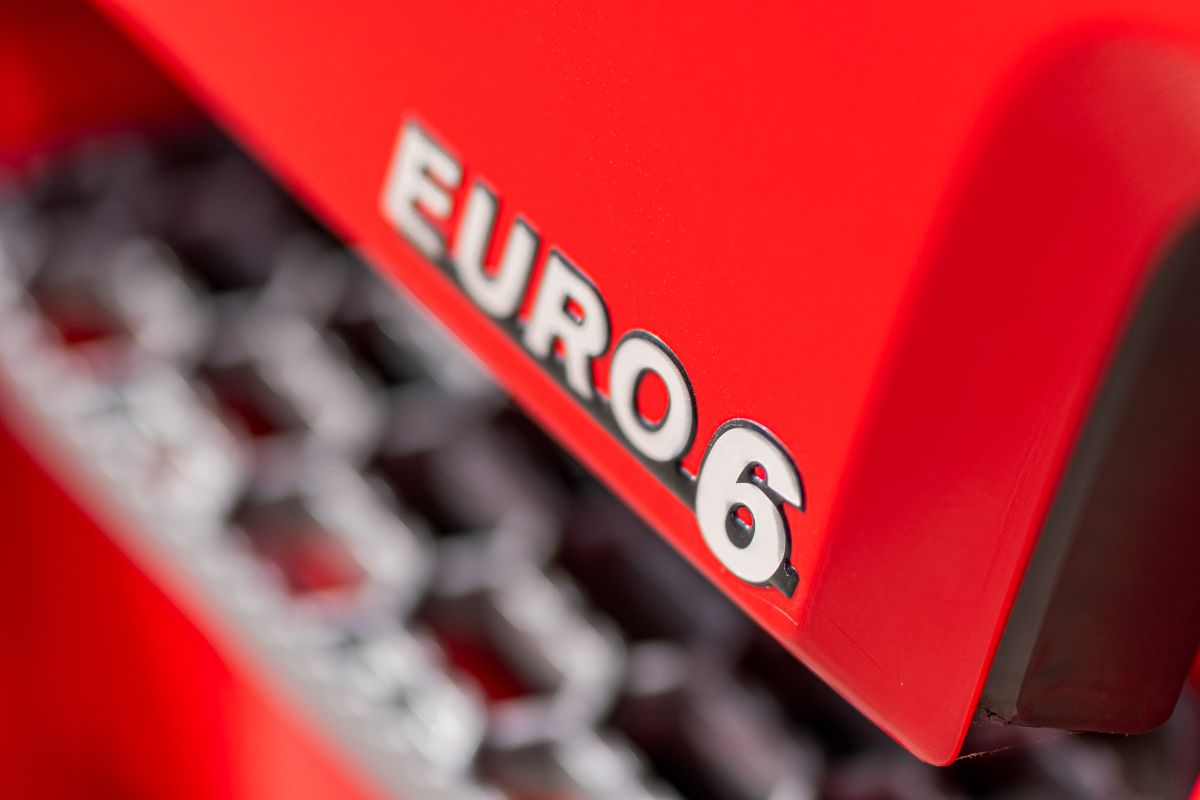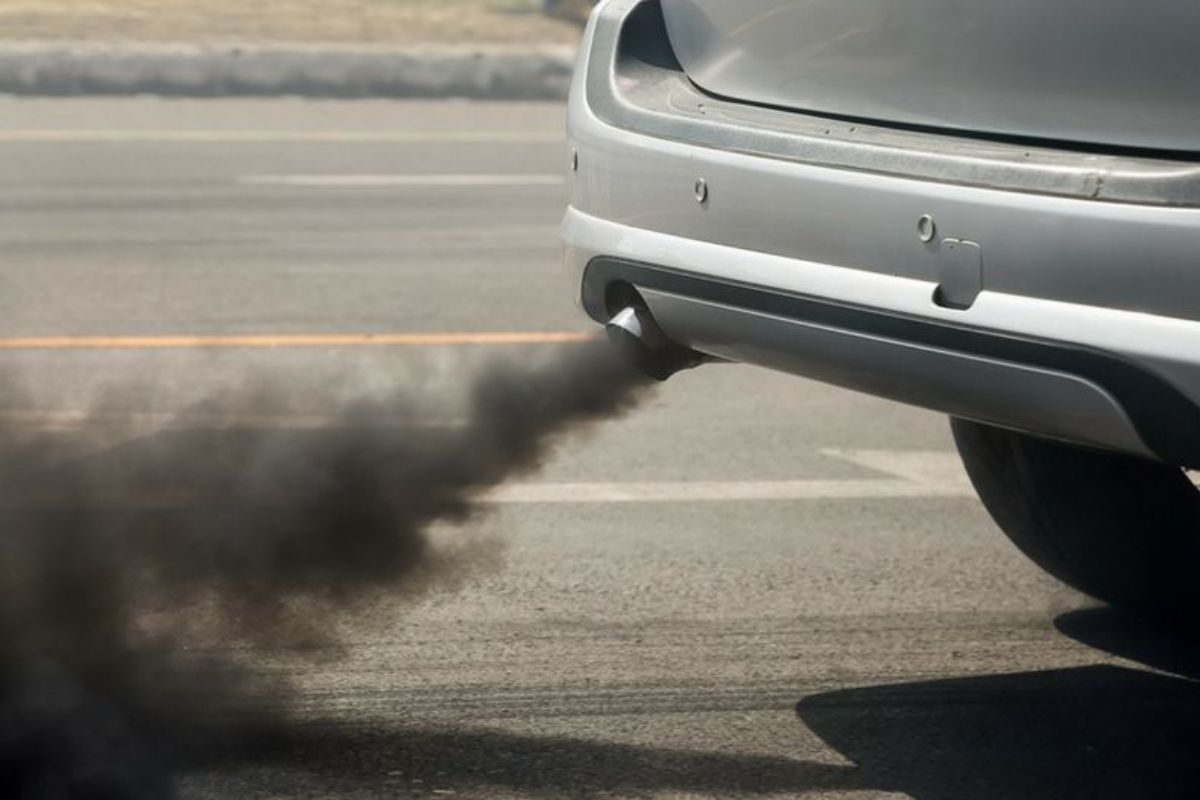What Caused Euro Legislations?
We all know that climate change and global warming have been a hot topic for the world government for decades. European Union recognised that strict steps need to be taken to minimise their effect on the overall climate. However, they knew that it was likely impossible for the members to meet the pollution limits set by their Air Pollution Strategy without controlling the emissions from the vehicles.
This led to the introduction of Euro 1 legislation in 1994. Since the European Union has made several changes to the legislation, every version is stricter than the last one. This has helped them control their overall carbon footprint and reduce the harmful emissions from the vehicle to a minimum level.
What are the Advantages of Euro 6 Compliant Vehicle?
In their quest for a cleaner and greener environment, the governments have made Euro 6 legislations more attractive for people due to several benefits. These benefits include the following:
- Low Toxic Emissions: Euro 6 cars produce lower harmful emissions, such as CO, NOx, Hydrocarbons, and PM. This contributes to a cleaner air quality of the city.
- Low Tax: Euro 6 compliant vehicles have a tax benefit since Vehicle Excise Duty is lower on vehicles with low pollution ratings and high fuel efficiency.
- Clean Air Zones: Euro 6 cars can enter and operate in Ultra Low Emission Zones (ULEZ) Low Emission Zones (LEZ) without paying any charges.
- Greater Efficiency: Euro 6 cars exhibit more engine power and fuel efficiency as compared to older vehicles. This will also boost the vehicle’s overall performance.
- Preferred for International Travels: With a Euro 6 car, you can safely travel in and out of the UK, as it meets the imposed pollution limits.
- Safer investment: A Euro 6 car is a future-proof investment compared to older models.
How are New Cars Tested for Euro 6 Compliance?
In the beginning, Euro 6 cars were tested in a laboratory by creating controlled conditions and driving the cars on a rolling road. These tests were known as the New European Driving Cycle (NEDC). However, this was soon discarded due to its unrealistic nature and the 2015 Dieselgate scandal.
In 2018, a new test method was introduced, known as the World Harmonised Light Duty Testing Protocol (WLTP). This protocol involves real-life testing of vehicles in different configurations and speeds. This is a thorough 5-day process that also includes driving in urban and non-urban environments.
What is RDE Testing?
WTLP also includes an additional test known as Real-Word Driving Emissions (RDE), which measures the emissions from vehicles on the road.
RDE testing was imposed in two steps, known as RDE1 and RDE2. Below are the details of both phases:
- RDE Step 1: In this step, vehicles are allowed to have NOx emissions 2.1 times more than the standard Euro 6 laboratory limit. Vehicles approved during this time are known to be compliant with Euro 6d-Temp regulations.
- RDE Step 2: In this step, the NOx Euro 6 laboratory limit is multiplied by 1.0 factor with a 0.5 error margin. This means your vehicle can have 1.5 times NOx emissions than that of laboratory limits. Vehicles approved in this step are known to be compliant with Euro 6d regulations.
Timeline of Euro Standards
European Emission Standards have been revised and released every 4-5 years since the early 90s. Each version comes with stricter limits. There are 6 Euro standards that have been released so far. Below is their chronological breakdown:
|
Euro Standard
|
Implementation Date
|
|
New Approvals
|
New Registrations
|
|
Euro 1 (EC93)
|
1 July 1992
|
31 December 1992
|
|
Euro 2 (EC96)
|
1 January 1996
|
1 January 1997
|
|
Euro 3 (EC2000)
|
1 January 2000
|
1 January 2001
|
|
Euro 4 (EC2005)
|
1 January 2005
|
1 January 2006
|
|
Euro 5
|
1 September 2009
|
1 January 2011
|
|
Euro 6
|
1 September 2014
|
1 September 2015
|
Is the Euro 7 Standard on the Way?
As far as we know, a new set of Euro 7 standards is on the way and is expected to be implemented in July 2025. This is going to be the strictest set of standards yet, incorporating all classes of vehicles, including electric vehicles.
- Euro 7 standards will aim to reduce NOx emissions from the engine by 35% in cars and vans and 56% in buses and lorries.
- It will also reduce NOx emissions from the tailpipes by 13% for cars and vans and 26% for lorries and buses.
The specifics of these standards are yet to be confirmed by the European Parliament, but below are some expectations from the Euro 7 standard:
- Wider Set of Vehicles: Euro 7 is expected to subject all vehicle classes, including hybrid, diesel, petrol, and electric vehicles, to strict emission limits.
- Non-Exhaust Emissions: For the first time since 1992, Euro 7 standards will address the non-exhaust emissions from the vehicles, such as tyre particles and brake dust.
- Stricter Real Word Testing: Euro 7 standards will test the vehicle in more detail, including several temperature conditions and journey lengths.
- Extended Compliance: Vehicles manufactured to meet Euro 7 standards have to comply with these standards for at least 10 years and 200,000 kilometres.
- Battery Testing: The batteries of plug-in hybrid vehicles and electric vehicles will be tested for their performance and longevity.
Why Should I Know My Car’s Euro Emission Standards?
Governments of the UK and European Union have set Clean Air Zones, Low Emission Zones, and Ultra Low Emission Zones. Entering into these zones without meeting the emission standard can result in heavy charges. That is why it is important for you to know your vehicle’s emission limits.















